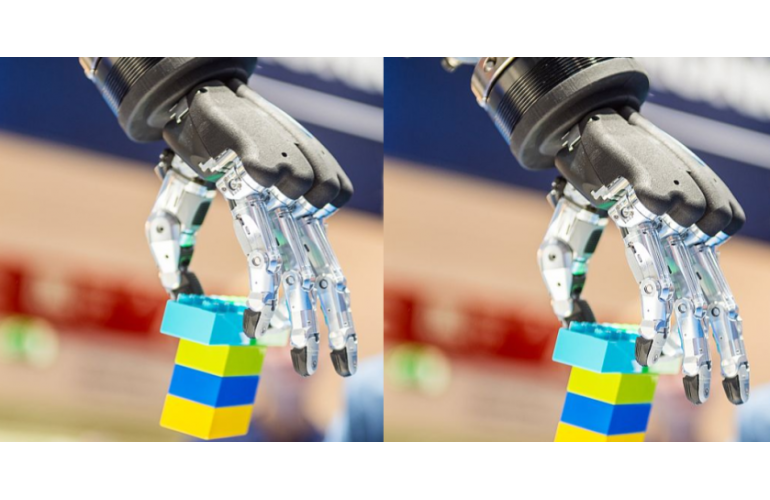 Subscribe
Subscribe- Login
-
/
Sign Up
- US Black Engineer
- >>
- Articles
- >>
- HBCU Technet
- >>
- High Demand for “Robotics skills” in Post-Corona World
|
Getting your Trinity Audio player ready...
|
Long before the pandemic disrupted the workplace in 2020, artificial intelligence (AI), machine-learning, robotics, 3-D printing, genetics, and biotechnology, were already changing the world. Four years ago, the Future of Jobs report, published by the World Economic Forum, predicted that Smart systems—homes, factories, farms, grids or entire cities—will tackle problems from supply chain management to climate change.
Due to the high cost required to program robots, only large companies have employed robots for specific tasks. But this is starting to change.
According to a paper from the International Federation of Robotics (IFR), the robot market is growing. About 6.8 million service robots were sold in 2016 and this figure was expected to reach over 51 million. The IFR said it expects more than 3 million robots will be in operation globally by the end of 2020.
The IFR also said robots are used across healthcare. It was estimated that sales of medical robots in surgical, diagnostic, or rehabilitation will reach $1.8 billion in 2018 and $7.7 billion between 2018 and 2020.
Software can diagnose illnesses without help from a human, check that patients are taking medications, price insurance risk accurately, predict equipment failures before they happen, cut energy use in data centers, identify the best places to drill for oil, and power search engine responses.
Most experts in manufacturing, logistics and healthcare predict a future in which humans and machines will work together. However, skills gaps exist.
Manufacturers find process knowledge takes far longer to acquire.
Experts are also calling for tighter collaboration between industry, government and educational institutions to equip the workforce with the soft skills needed as well as applied technical skills.
The Future of Jobs report said soft skills such as persuasion, emotional intelligence and teaching others will be in higher demand than narrow technical skills, such as programming or equipment operation and control.
In essence, technical skills will need to be supplemented with social and collaboration skills


